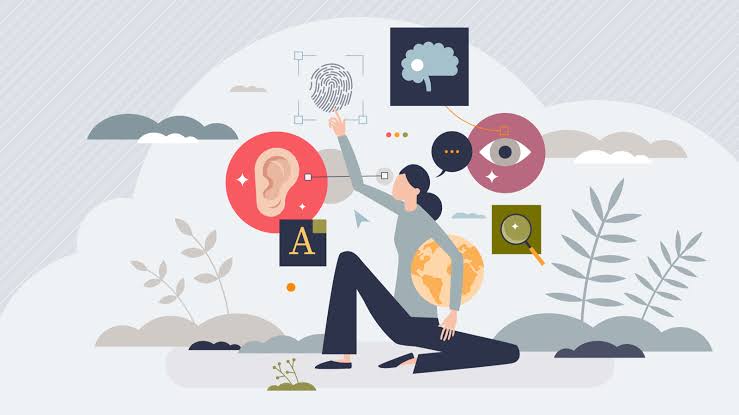AI art and assistive technology are transforming the creative experience for people with disabilities. By providing accessible tools, reducing barriers, and fostering inclusive communities, AI is not only empowering disabled artists but also enriching the global art world with diverse perspectives.
The rise of artificial intelligence has revolutionized the creative landscape, opening new possibilities for artists of all abilities. For people with disabilities, AI-powered art tools and assistive technologies are breaking down traditional barriers to participation, allowing them to explore creativity in ways that were once challenging or inaccessible. These innovations are not just making art creation easier; they are reshaping how we think about inclusion in the creative industry.
Understanding the Role of AI in Accessible Art
AI art tools use algorithms and machine learning to help users create, modify, and enhance artwork with minimal manual effort. For individuals with mobility impairments, visual impairments, or other disabilities, these tools offer alternative ways to express themselves. Instead of relying solely on traditional hand-drawn methods, artists can use voice commands, gesture recognition, or text prompts to produce high-quality visuals. This adaptability ensures that creative opportunities are not limited by physical constraints.
Assistive Technology for Creative Accessibility
Assistive technology refers to devices and software designed to improve the functional capabilities of individuals with disabilities. In the context of art, these technologies can include speech-to-image AI generators, eye-tracking drawing systems, and screen reader–compatible design platforms. Voice-controlled creative programs allow users to describe an image and have the AI generate it, while touch-free drawing applications enable individuals with limited motor control to create art through eye movement or head gestures.
AI-Powered Design Platforms
Several AI-driven platforms are leading the way in accessible creativity. Tools like DALL·E, Midjourney, and Stable Diffusion allow users to generate images from descriptive text, making art creation possible without traditional drawing skills. These platforms can be integrated with accessibility features like screen readers or braille displays for visually impaired artists. In addition, some AI platforms now offer adaptive user interfaces that adjust for cognitive or motor challenges, ensuring a more inclusive creative environment.
Benefits of AI Art for Artists with Disabilities
AI art tools provide a range of benefits for disabled artists, including reduced physical strain, faster creative output, and the ability to experiment with complex styles. By lowering technical barriers, AI allows artists to focus on concepts and storytelling rather than solely on manual execution. The flexibility of AI tools also enables collaboration, as artists can work remotely with other creatives by sharing digital projects in real time. This promotes both independence and community engagement.
Challenges and Considerations in AI Accessibility
While AI tools are making significant strides in accessibility, challenges remain. Some platforms still lack full compatibility with assistive technologies, limiting their use for certain individuals. Additionally, AI-generated art raises questions about authorship and originality, which can impact how disabled artists are recognized and compensated for their work. Ensuring that AI tools are designed with accessibility in mind from the outset is essential for creating truly inclusive creative spaces.
Community and Collaboration Opportunities
The combination of AI and assistive technology also fosters collaboration between artists with disabilities and the wider creative community. Online platforms and social media groups dedicated to accessible art provide spaces for sharing work, exchanging tips, and advocating for better tools. Collaborative projects can also serve as awareness campaigns, highlighting the talents of disabled artists while educating the public about accessibility in the arts.
The Future of Accessible AI Art Tools
As AI technology advances, we can expect more specialized creative tools tailored to different disabilities. This could include improved voice-controlled design programs, real-time AI feedback for visually impaired artists, and adaptive hardware that responds to unique user needs. With increased attention to inclusive design, the future of AI art holds the promise of universal creative participation, where talent and imagination matter more than physical ability.
